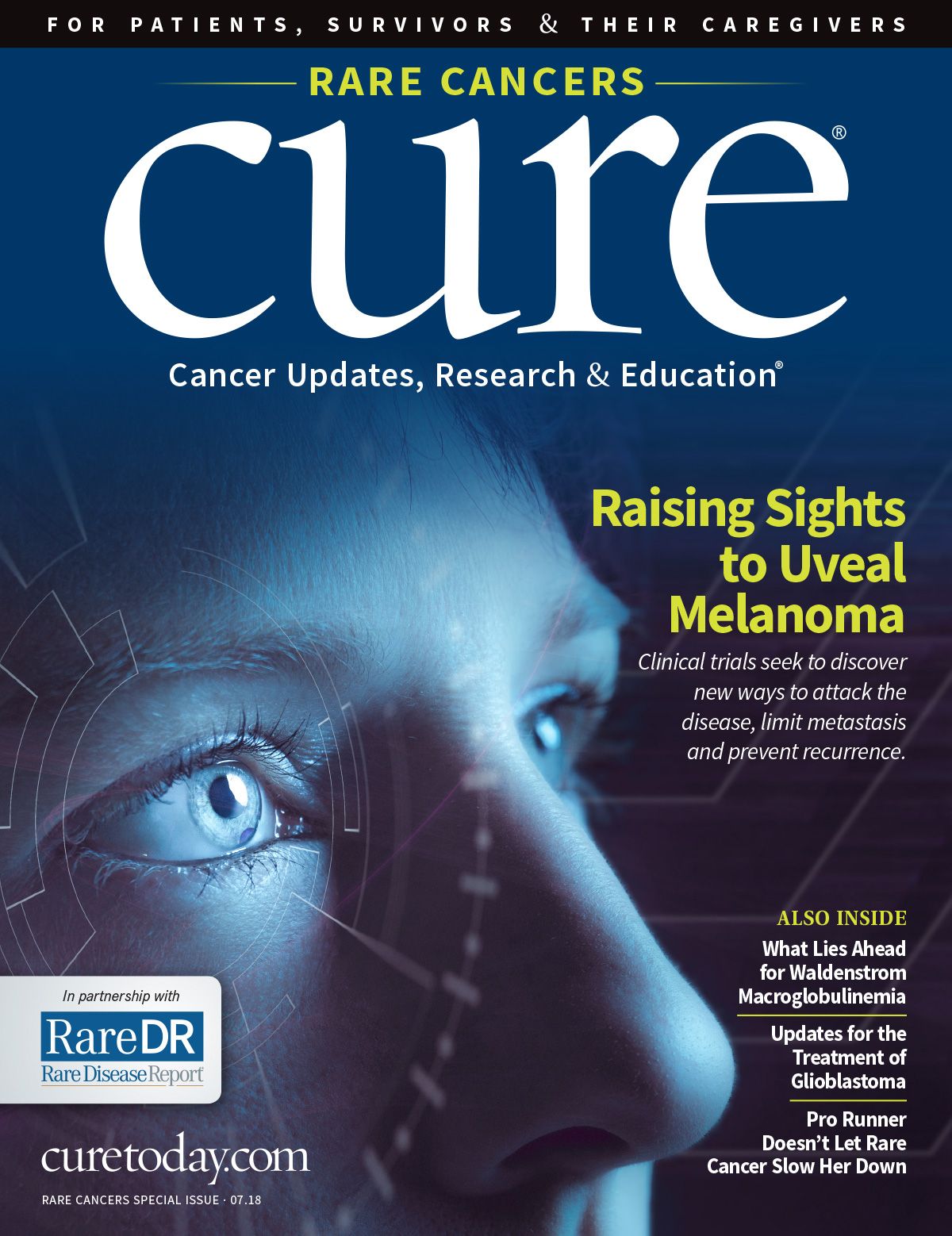Success in Cancer Care Doesn't Happen Overnight
With an incidence rate of about three cases per million people a year in the United States, Waldenstrom macroglobulinemia is a rare malignancy, and, therefore, has no widely used screening tools. Diagnosing the disease early and, most important, accurately is the art of medicine that remains to be perfected.
FOR DECADES, WALDENSTROM MACROGLOBULINEMIA has been riding on the coattails of other cancers, reaping the benefits of therapies designed for these diseases, and that’s especially true of cancers related to B-cell lymphoma and leukemia. Waldenstrom, which is a type of non-Hodgkin lymphoma, came to light in 1944 after the Swedish physician Jan Gosta Waldenström determined what distinguishes it from other blood cancers: large amounts of an abnormal protein, immunoglobulin M, that are created by the cancer cells.
With an incidence rate of about three cases per million people a year in the United States, Waldenstrom macroglobulinemia is a rare malignancy, and, therefore, has no widely used screening tools. Diagnosing the disease early and, most important, accurately is the art of medicine that remains to be perfected.
Oftentimes, it’s not found unless a patient presents with symptoms, such as fever, night sweats, nosebleeds, swollen lymph nodes, weakness and weight loss or a person undergoes blood testing for another reason. One unique constellation of symptoms patients can have is due to the large size of immunoglobulin M that causes sludging of the blood, or hyperviscosity syndrome, that can include changes in brain and eye function. Also, some symptoms mimic other types of non-Hodgkin lymphoma. Then there are some cases where a person may have a precursor to Waldenstrom, which is called monoclonal gammopathy of undetermined significance. So, does an oncologist treat it then or wait it out?
Questions like this arise when dealing with this rare cancer. Should treatment, such as chemotherapy, begin right away, possibly subjecting a patient to its toxic side effects like diarrhea, fatigue, infections, nausea and vomiting? Or can active surveillance benefit the person for months or even years?
It is difficult to answer such questions on a rare disease. Nevertheless, researchers are making progress when it comes to the treatment of Waldenstrom macroglobulinemia. Imbruvica (ibrutinib), a targeted therapy that inhibits the function of Bruton’s tyrosine kinase (BTK), was approved by the Food and Drug Administration in 2015. It is the first drug approved for the treatment of Waldenstrom. Other targeted agents and BTK inhibitors are currently being studied to hopefully expand the treatment field. These therapies typically have different side effects than the standard chemotherapy regimen and may be more manageable and tolerable.
Clinical trials continue to provide some of the answers needed to treat Waldenstrom macroglobulinemia, but only time will tell what is really in store for the future of these patients.
DEBU TRIPATHY, M.D.Editor-in-ChiefProfessor of MedicineChair, Department of Breast Medical OncologyThe University of Texas MD Anderson Cancer Center

Doctor, Cancer Survivor and Marathoner Goes the Distance for Her Patients: ‘Now I Can Just Give’
May 18th 2023Dr. Dawn Mussallem of the Mayo Clinic tells CURE®’s “Cancer Horizons” podcast about how surviving stage 4 non-Hodgkin’s lymphoma and being a heart transplant recipient helps her connect with her patients.
Listen